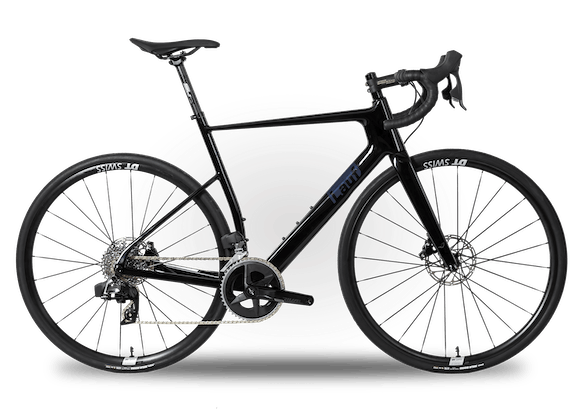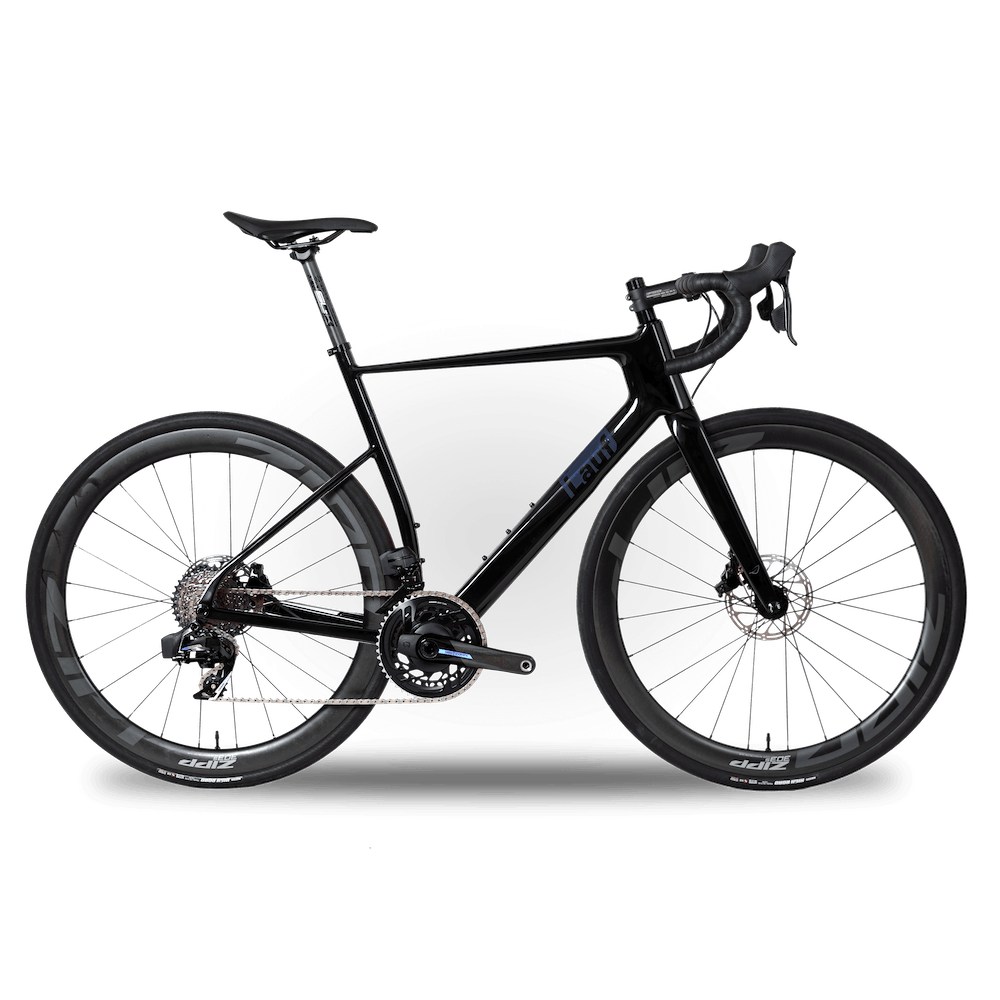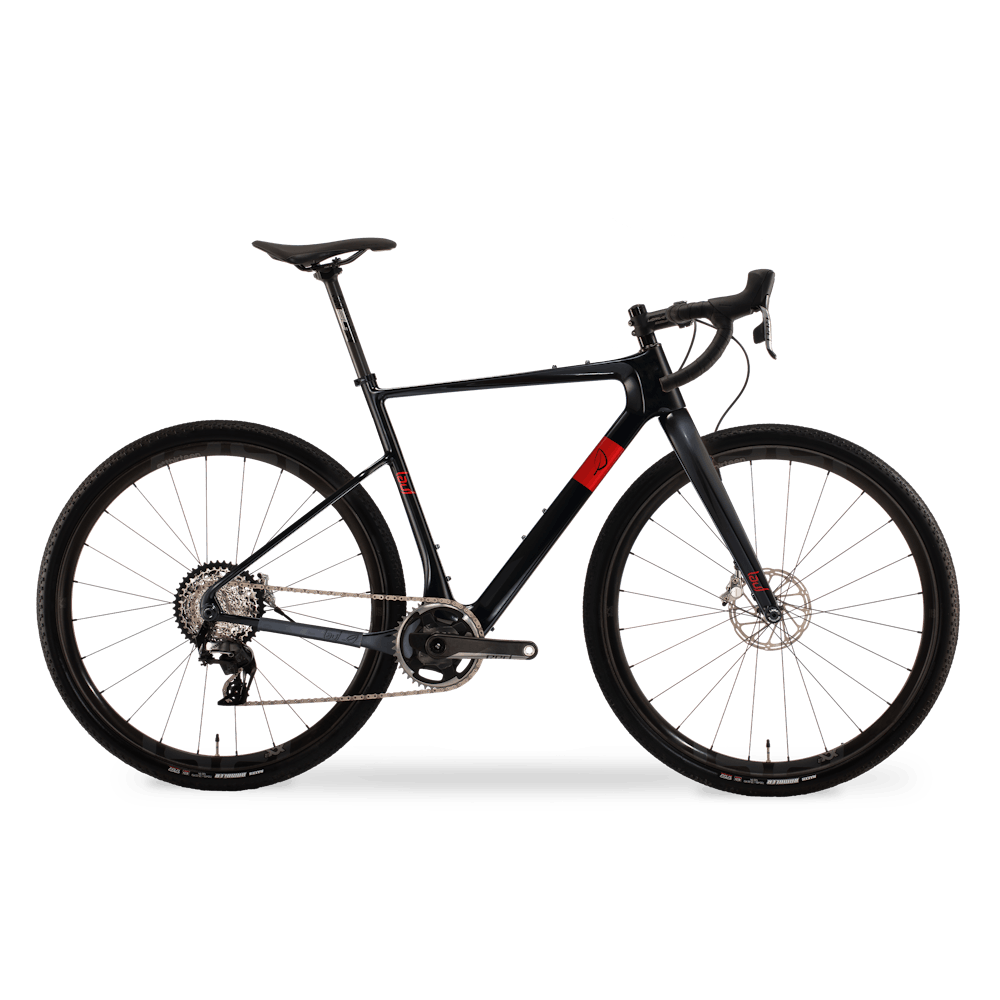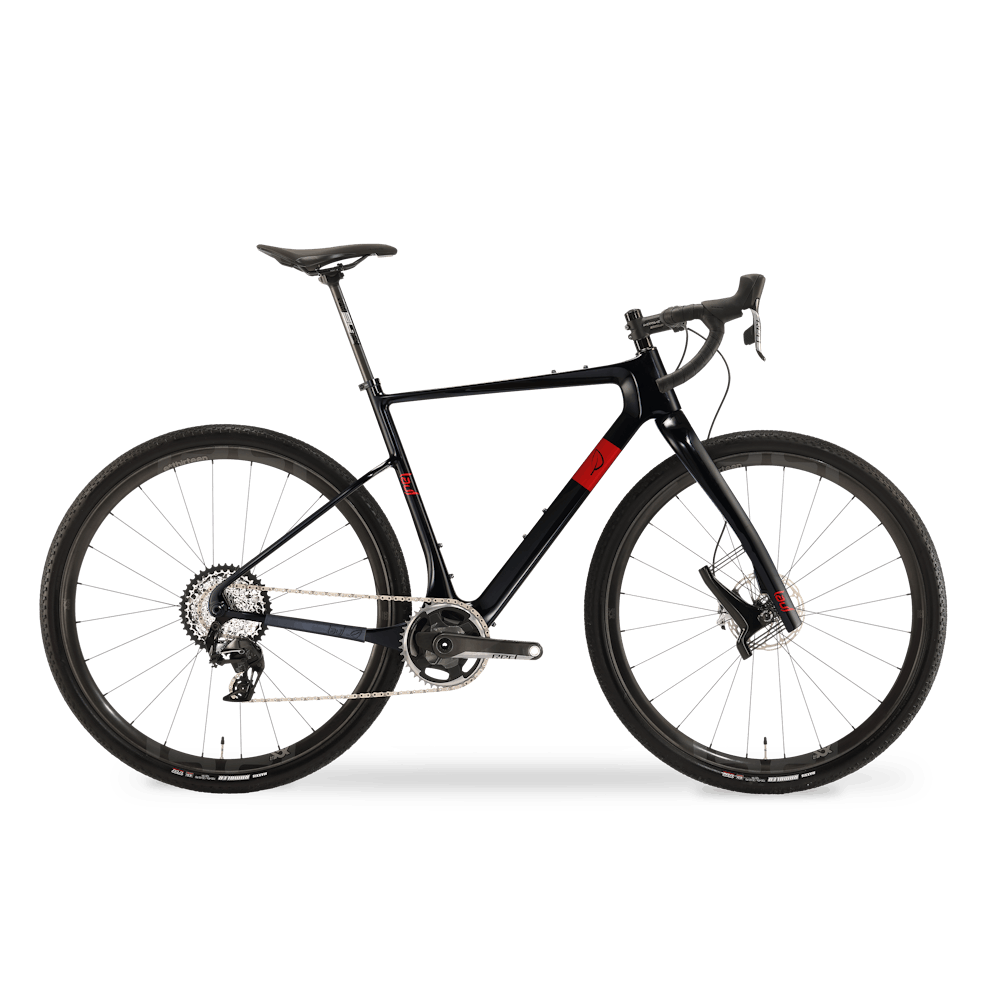| Frame | Lauf IRM* Úthald carbon frame, 12x142mm thru-axle, UDH | Lauf IRM* Úthald carbon frame, 12x142mm thru-axle, UDH | Lauf IRM* Úthald carbon frame, 12x142mm thru-axle, UDH | Lauf IRM* Úthald carbon frame, 12x142mm thru-axle, UDH | Lauf IRM* Úthald carbon frame, 12x142mm thru-axle, UDH |
|---|
| Fork | Lauf IRM* Úthald carbon fork, 12x100mm thru-axle, 160/180mm rotor compatibility | Lauf IRM* Úthald carbon fork, 12x100mm thru-axle, 160/180mm rotor compatibility | Lauf IRM* Úthald carbon fork, 12x100mm thru-axle, 160/180mm rotor compatibility | Lauf IRM* Úthald carbon fork, 12x100mm thru-axle, 160/180mm rotor compatibility | Lauf IRM* Úthald carbon fork, 12x100mm thru-axle, 160/180mm rotor compatibility |
|---|
| Handlebar | Road Smoothie (XS/S: 38 M: 40 L/XL: 42) compliance-fiber handlebar. 75mm reach, 125mm drop, 0° flare | Road Smoothie (XS/S: 38 M: 40 L/XL: 42) compliance-fiber handlebar. 75mm reach, 125mm drop, 0° flare | Road Smoothie (XS/S: 38 M: 40 L/XL: 42) compliance-fiber handlebar. 75mm reach, 125mm drop, 0° flare | Road Smoothie (XS/S: 38 M: 40 L/XL: 42) compliance-fiber handlebar. 75mm reach, 125mm drop, 0° flare | N/A |
|---|
| Rear Derailleur | SRAM Rival AXS, wireless | SRAM Rival E1 AXS, wireless | SRAM Force E1 AXS, wireless | SRAM Red AXS E1, wireless | N/A |
|---|
| Front Derailleur | SRAM Rival AXS, wireless | SRAM Rival E1 AXS, wireless | SRAM Force E1 AXS, wireless | SRAM Red AXS E1, wireless | N/A |
|---|
| Shifters | SRAM Rival AXS, wireless | SRAM Rival E1 AXS, wireless | SRAM Force E1 AXS, wireless | SRAM Red AXS E1, wireless | N/A |
|---|
| Brakes | SRAM Rival Flat mount Hydraulic (160mm CL rotors, front/left and rear/right) | SRAM Rival E1 Flat mount Hydraulic (160mm CL rotors, front/left and rear/right) | SRAM Force E1 Flat mount Hydraulic (160mm CL rotors, front/left and rear/right) | SRAM Red E1 Flat mount Hydraulic (160mm CL rotors, front/left and rear/right) | N/A |
|---|
| Crank | SRAM Rival DUB 35/48T | SRAM Rival E1 DUB 35/48T | SRAM Force E1 DUB 35/48T carbon | SRAM Red E1 DUB 35/48T carbon | N/A |
|---|
| Power meter | Single-side SRAM spindle | Single-side SRAM spindle | SRAM Chainring integrated Power Meter | Dual-side SRAM chainring integrated | N/A |
|---|
| Saddle | Fizik Aliante R5 | Fizik Aliante R5 | Fizik Aliante R5 | Fizik Aliante R5 | N/A |
|---|
| Seatpost | FSA SL-K, 27.2mm, carbon | FSA SL-K, 27.2mm, carbon | FSA SL-K, 27.2mm, carbon | FSA SL-K, 27.2mm, carbon | N/A |
|---|
| Wheels | DT Swiss E 1800 SPLINE db 23 | DT Swiss E 1800 SPLINE db 23 | Zipp 303S carbon | Zipp 303S carbon | N/A |
|---|
| Tires | Goodyear Eagle F1 R Tubeless Complete | 700x32 | Goodyear Eagle F1 R Tubeless Complete | 700x32 | Goodyear Eagle F1 R Tubeless Complete | 700x32 | Goodyear Eagle F1 R Tubeless Complete | 700x32 | N/A |
|---|
| Stem | FSA Omega-Pro | FSA Omega-Pro | FSA Omega-Pro | FSA Omega-Pro | N/A |
|---|
| Headset | FSA Orbit, IS 42/52 (45°lower) | FSA Orbit, IS 42/52 (45°lower) | FSA Orbit, IS 42/52 (45°lower) | FSA Orbit, IS 42/52 (45°lower) | FSA Orbit, IS 42/52 (45°lower) |
|---|
| Bartape | Lauf Lush | Lauf Lush | Lauf Lush | Lauf Lush | N/A |
|---|
| Cassette | SRAM Rival 10-36, 12 speed | SRAM Rival 10-36, 12 speed | SRAM Force XG-1270, 10-36, 12 speed | SRAM Red E1 10-36, 12 speed | N/A |
|---|
| Chain | SRAM Rival flat-top | SRAM Rival flat-top | SRAM Force E1 flat-top | SRAM Red E1 flat-top | N/A |
|---|
| Bottom Bracket | BSA SRAM DUB | BSA SRAM DUB | BSA SRAM DUB | BSA SRAM DUB | N/A |
|---|
| Weight | 8.39kg / 18.50lbs (avg. for size medium) | 8.18kg / 18.05lbs (avg. for size medium) | 7.78kg / 17.15lbs (avg. for size medium) | 7.59kg / 16.73lbs (avg. for size medium) | 1.35kg / 2.97lbs (avg. for size medium) |
|---|

 Basalt Black - Glossy
Basalt Black - Glossy Borealis - Satin
Borealis - Satin Thingvellir Sky - Glossy
Thingvellir Sky - Glossy








